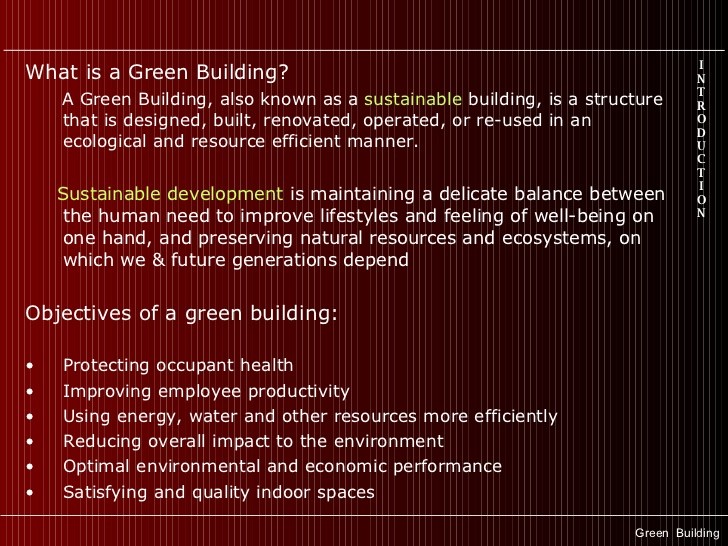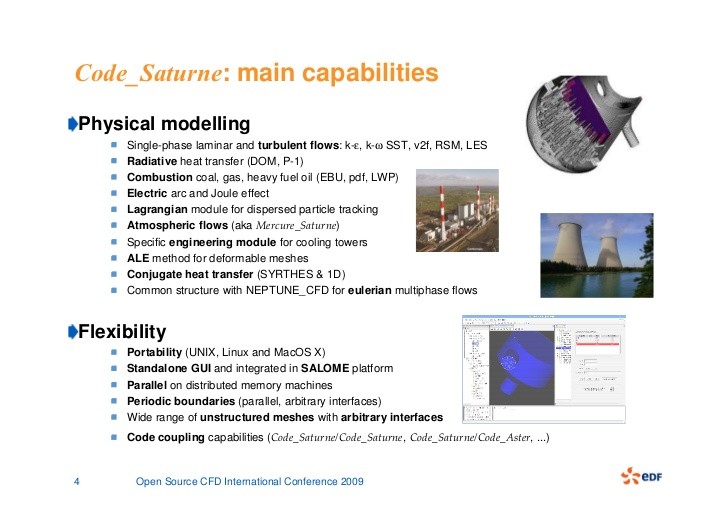PPT Introduction to CFD PowerPoint presentation
Post on: 6 Апрель, 2015 No Comment

CFD or Contract for difference is a contract between two parties, typically described as the buyer and the seller, which price is typically based on the underlying asset, for example an equity index, a single stock or commodity futures. PowerPoint PPT presentation
Title: Introduction to CFD
Introduction to CFD
What is CFD
CFD or Contract for difference is a contract
between two parties, typically described as the
buyer and the seller, which price is
typically based on the underlying asset, for
example an equity index, a single stock or
commodity futures. At the end of the contract or
when counterparties decide to close position the
What is CFD
- Acceleration/Deceleration (AC) Oscillator
In effect CFDs are financial derivatives that
allow traders to gain exposure on a variety of
assets, allowing take long positions when prices
of the underlying move up and short
positions when prices move down. Being tied to
the underlying asset the CFD price moves exactly
in the same direction as the price of the
underlying and depends on the same factors. At
the same time, being much more flexible and
accessible, CFD trading offers a number of
advantages compared to trading the underlying
Why Trade CFDs
- Acceleration/Deceleration (AC) Oscillator
CFD (Contract for Difference) is a contract
between two parties known as buyer and seller
who agree on exchanging the difference between
opening and closing prices of the contract. CFD
trading offers a number of advantages over
trading the underlying asset directly. In
addition to currencies, contracts for difference
provide great opportunities for traders wishing
to gain exposure on different markets. Enjoy the
following benefits of CFD trading Enjoy the
following benefits of CFD trading
Why Trade CFD
- Acceleration/Deceleration (AC) Oscillator
Fast access to many markets and the most liquid
assets through one brokerage account, providing
considerable diversification opportunities Leverag
ed positions with the use of margin able to
enhance profits Cost reduction due to absence of
taxes and hidden commissions Ability to take long
or short side trading without limitation Ease of
trading from anywhere in the world by using a
computer and IFC Markets trading
Why Trade CFD
- Acceleration/Deceleration (AC) Oscillator
Moreover with IFC Markets there are numerous
unique benefits of CFD trading More than 80 CFDs
on stocks, CFDs on major Equity Indices and
commodities Unique Golden Instruments offered
through IFC Markets trading platform Unique
swap/rollover policy, based on free-borrowing
concept of non-currency assets Unique ability of
trading continuous CFDs on Indices even after the
stock exchange closes Unique ability of trading
continuous CFDs on commodities futures without
the need to follow expiration dates Combination
of these benefits has converted CFDs into a
popular investment, speculative and hedging tool
for both retail traders and institutional
CFD Markets
- Acceleration/Deceleration (AC) Oscillator
CFD contracts are traded in the most of the
developed world. Because of the ability to trade
CFDs on margin those are actually financial
instruments that are generally traded by

financial institutions to hedge against ownership
on original assets, and by individuals and retail
traders that speculate on its price
direction. CFDs were firstly traded on stocks of
the London Stock Exchange in early 1990,
initially available to only institutional traders
to hedge their exposure on the underlying share.
At the end of 1990s CFDs were introduced to
retail traders and together with the development
in computerized system became very
CFD Markets
- Acceleration/Deceleration (AC) Oscillator
Thanks to low costs, leveraged positions and time
saving benefits, CFD trading has been gaining
more and more popularity throughout the past
decade. Today the CFD market has developed a lot
since the first CFD contracts and offers huge
variety of underlying financial instruments
ranging from stocks, equity indices, and
currencies to commodities, bonds and
How to Trade CFDs
- Acceleration/Deceleration (AC) Oscillator
CFDs on Equities, Stock Indices and Commodities,
totaling more than one hundred trading
instruments, are now available in the trading
platform NetTradeX for all the clients of IFC
Markets. The logic of CFD trading is quiet simple
and is very similar to traditional currency
trading. The client can either buy a certain
number of CFDs expecting a rise of the underlying
asset or sell CFDs expecting a drop of the
underlying assets price. Later on an opposite
transaction is made to close position. This is
the first very important feature of CFD trading
as profits can be made on both rising and falling
How to Trade CFDs
- Acceleration/Deceleration (AC) Oscillator
CFDs are traded on a margin basis. In other words
the client is able to open a position having
deposited only a small portion of a contracts
value depending on his account type and on the
contracts margin requirements. This is a very
important advantage as leverage can raise profits
considerably. However there is also a risk of
increasing financial losses in case of
unfavorable price movement of the underlying.
This is why traders are required keep funds to
fulfill any unfavorable move against their
position and at any time the margin requirement
must be maintained to keep the position














